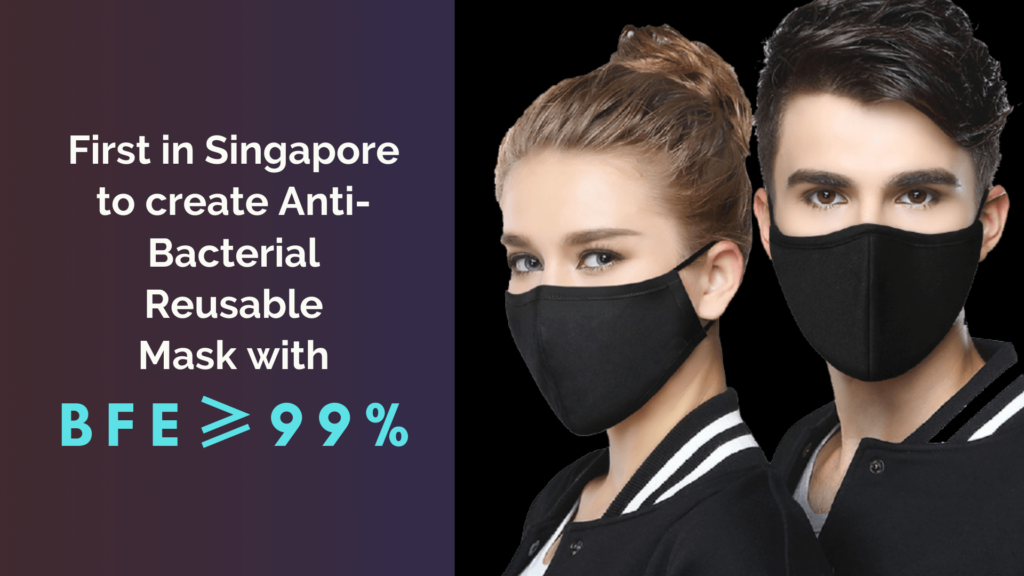Present Situation
With the Coronavirus breakout, every nation has advised their people to wear a mask, which begs the question of how vital is this multi-layered piece of cloth?. Despite finding answers to this question, most people have raided stores and stocked up masks enough for the next multiple generations. This epidemic has caused increased demand in surgical masks, and cotton masks to the point where separate online stores just to sell masks have been set up to meet the influx. People have rushed in numbers to purchase masks online.
The history of masks
Wearing masks is already a common practice in East Asian countries. European countries have now made it mandatory. Now, where did it all begin?. Throughout the history of humanity, most masks have served the purpose of disguise, alter, and cloak one’s identity. Masks have been donned during rituals and ceremonies. These have been preserved for viewing in museums and archives around the world. Masks used for medical purposes such as the surgical mask or our Ultifresh disposable mask are meant to protect oneself. They help in solidarity instead of segregation.
In the early 17th century, during the plague, doctors adopted a costume that included a leather made headdress and a long pointed beak full of perfume and aromatic herbs to mask the bad odor that was believed to combat the infectious particles in the air. As it was reusable like our Ultifresh reusable mask, the doctors only had to replace the perfume and aromatics if they wanted to continue working. In 1905 Alice Hamilton, a Physician from Chicago, measured the amount of streptococci bacteria expelled in patients suffering from scarlet fever. Along with this, she also measured the amount of streptococci bacteria that was expelled from healthy doctors and nurses when they talked or coughed. This study leads her to recommend wearing surgical masks during surgery. Within the next few years, various investigators will confirm the value of face masks in protecting the wearer against infection. During the 1910 pneumonic plague Wu Lien-Teh, a physician who graduated from Cambridge, developed a face mask to be worn by medical personnel and the general public. He argued that the disease was transmitted through airborne contact. When the 1918 Global flu epidemic struck, medical personnel and the general public were forced to adopt masks to protect themselves. In 1918 various articles on the protective value of masks surfaced. One of these by Weaver shows how the usage of a mask with just two layers of gauze diminished the infections among the nursing staff in Durand Hospital.
Different types of masks
Until 1960 conventional cloth face masks or cotton masks were used, but they were primarily replaced due to the increasing use of Surgical masks. However, developing countries still kept using both surgical masks and cotton masks. Usually, a surgical mask is made up of 3 layers, a layer of polypropylene placed in between 2 layers of non woven fabric finish. Unlike most surgical masks, Ultifresh disposable masks come with an outer Waterproof Non-Woven fabric layer with a Melt Brown fabric having a bacterial filtration efficiency of 99%. Contrary to the term, surgical masks are not used for surgeries. According to the level of protection, there are different types of masks. These can be classified as follows
- Cloth Face mask
- Surgical Mask
- N95 respirator
Cloth Face Mask
These masks can be made at home from ordinary materials, so necessarily, these masks cannot go out of supply. Compared to surgical masks and N95 respirators, their protection level is shallow. Still, they are better than not using any mask at all, especially in areas where social distancing is very hard to maintain. Wearing this kind of mask prevents the person from touching the face unnecessarily. Therefore, up to a certain extent, these masks can reduce the risk of coming into contact with germs as common fabric masks only provide up to 50-60% bacteria filtration efficiency (BFE). It should also be noted that these should be washed after every use. If the level of protection bothers you, our Ultifresh reusable masks come with a three-layer of ultimate protection. Unlike the homemade cloth masks, these are breathable and sustainable yet the material use is unique compared to other common fabric masks where it provides BFE>99%. We ship worldwide, and for every mask sold, a three-ply surgical mask will be donated.

Surgical Mask
Surgical masks are typically used to protect the wearer from sprays and larger particle droplets and prevent the spread of secretions of the wearer to others. Surgical masks may consist of varieties of designs, but most commonly, it is rectangular with folds over it. Elastic bands or long ties attached to the body of the mask helps hold the mask when you are wearing it. The surgical mask, also known as procedure masks, is mainly intended to be worn by health care professionals during healthcare procedures.
N95 Respirator
In addition to sprays and large droplets, these masks can also filter out 95% of tiny particles, which include bacteria and viruses. This mask is a more tight-fitting face mask highly recommended for surgeries. They are meant to be worn for a short period as it can reduce the amount of oxygen inhaled by the wearer. Some types may have an attachment called the exhalation valve, which can help with breathing difficulties. These are not recommended for the use of the general public because N95 respirators should be fit tested before use to make sure it is completely sealed. Plus, a scarcity of these masks may rise, which can put the frontline force of healthcare workers at ultimate risk.
Unlike at present, the sheer need for protection from deadly diseases has never crossed the minds of the general public before. As a result, “Priority for Protection” at all costs has been the keyword. Every outbreak be they, MERS, SARS, Ebola, The Bird Flu people had witnessed in their respective countries, thereby waking them up to the reality of the detrimental effects of these. These, to a great extent, had led to deaths with a virtual wipeout of a percentage of the human population.
In conclusion, the often underestimated so-called piece of cloth has been given much prominence, which has led to spiraling demand for it.


